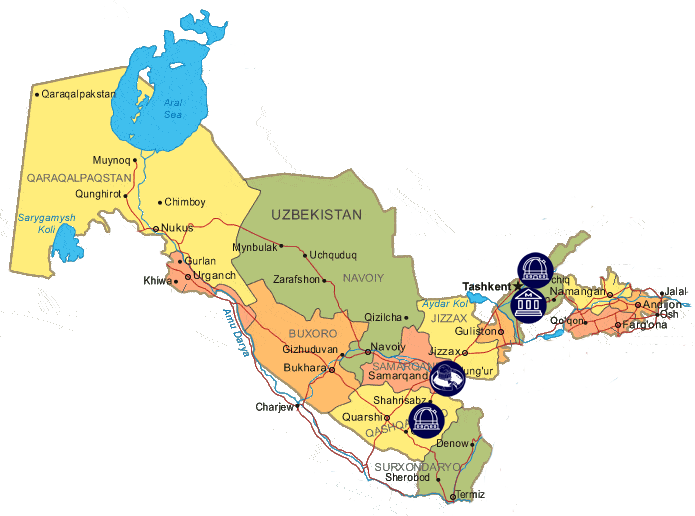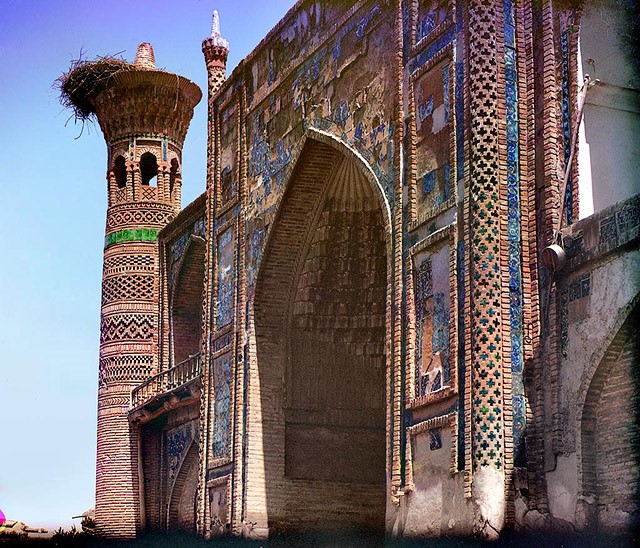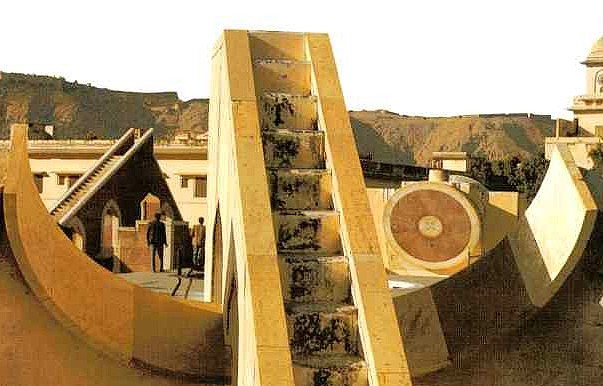 |
Official Webpage |



ARM ENG |
|||||
|
|||||||
Astronomy in Uzbekistan started from the Ulugh Beg Observatory, which is an observatory in Samarkand, Uzbekistan. Built in the 1420s by the Timurid astronomer Ulugh Beg, it is considered by scholars to have been one of the finest observatories in the Islamic world. Islamic astronomers who worked at the observatory include Al-Kashi, Ali Qushji, and Ulugh Beg himself. The observatory was destroyed in 1449 and rediscovered in 1908.


Ulugh Beg Astronomical Institute (UBAI) of the Uzbek Academy of Sciences is the oldest scientific institution not only in Uzbekistan but in the whole Central Asia as well. It was founded as Tashkent Astronomical observatory in 1873 and reorganized to UBAI in 1966. It was known as an important astrometric center of the FSU. Uzbek Academy of Sciences.

At present the researches carried out in UBAI are mostly based on the observational data obtained at Maidanak astronomical observatory, located at a distance of 120 km south of the famous historical city of Samarkand.
Maidanak observatory is located at the south east of the Republic of Uzbekistan at a distance of about 500 km from Tashkent and 120 km south of famous historical city of Samarkand.

It lies on the spurs of the Pamir and Alai mountain system at 2600m above sea level. Mount Maidanak was selected for astronomical observations in the late 60-s as a result of a ten-year long site assessment campaign organized at the Ulugh Beg Astronomical Institute (UBAI) of the Uzbekistan Academy of Sciences.
The Ulugh Beg Observatory is an observatory in Samarkand, Uzbekistan. Built in the 1420s by the Timurid astronomer Ulugh Beg, it is considered by scholars to have been one of the finest observatories in the Islamic world. The observatory was destroyed in 1449 and rediscovered in 1908.


The museum is divided into several thematic sections, each of which has its own direction. For example, in the department of the birth of astronomy in the region you can find out how it happened, and how significant it was for the development of astronomy throughout the world science. Visitors can get acquainted with the oldest telescope of the Englishman James Short, the octant mechanic from London Hadley, the reflector of the famous English optician Dollond. Here there are a variety of chronometers, one of which was the main one for the Tashkent observatory for several decades.

The Museum of Astronomy is a place where you really get into a completely different world, the world of stars and planets, the world of the richest collection of astronomy objects of different times, a world of unnatural and still completely unidentified.
